Choosing the right lens is essential to getting a great picture. When should you reach for a telephoto lens and when for a zoom lens?
Telephoto vs Zoom Lens: Basic Differences
If you’re just getting started in photography, you might not know the difference between telephoto and zoom lenses.
Telephoto lenses are anything with a focal length longer than about 50mm, while zoom lenses allow the user to change the focal length without switching to a new lens.
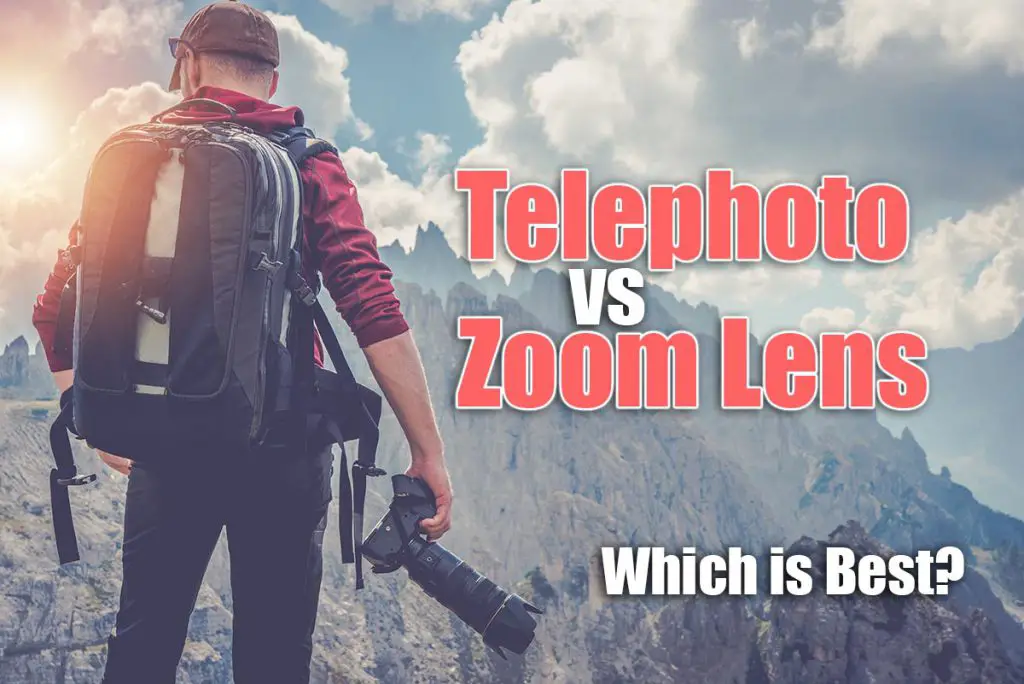
Zoom vs Telephoto Lens Key Differences
Let’s take a quick look at the key differences between zoom and telephoto lenses, then we’ll explore the differences between them in more detail.
| Telephoto vs Zoom Comparison | Zooms | Telephotos |
|---|---|---|
| Covers multiple focal lengths? | Yes | No |
| Image Quality | Good | Great |
| Max Aperture | Usually around f/2.8 | As wide as f/1.2 |
| Versatility | Useful in pretty much any situation | Only for specific uses |
| Price | Cheaper | More expensive |
| Ideal for | Travel, General Photography | Portraits, Wildlife Photography |
What are Telephoto Lenses?
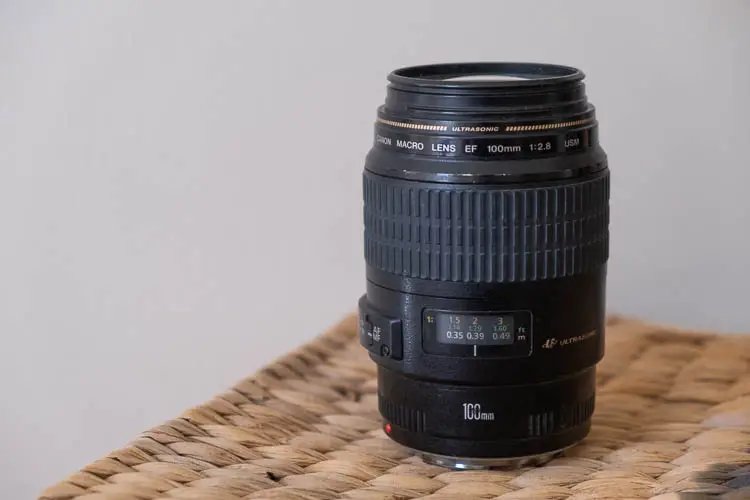
There are three basic classes of focal length: wide angle, normal and telephoto. Wide angle lenses offer an expansive view, normal lenses mimic human vision and telephoto lenses bring distant objects into view.
Telephoto lenses have a few other characteristics: they compress an image’s perspective and they have the ability, with a large enough aperture, to separate a subject from the background.
A telephoto lens is strictly anything longer than 50mm, although most would consider 85mm to be the minimum focal length to call a lens a telephoto.
What is a Zoom Lens?
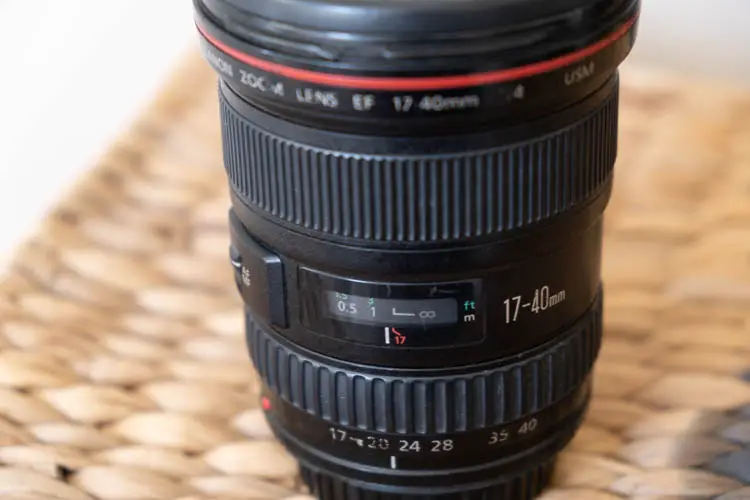
Photographers can choose from lenses that offer a single, fixed focal length or zoom lenses, which offer variable focal lengths.
In general, fixed focal length lenses can have a larger maximum aperture and sharper image quality than zoom lenses, with the tradeoff that you’re limited to one field of view at a time.
Zoom lenses can cover any focal length, but each lens is usually restricted to a fairly short focal length range to maintain image quality.
Should You Choose a Telephoto or Zoom Lens?
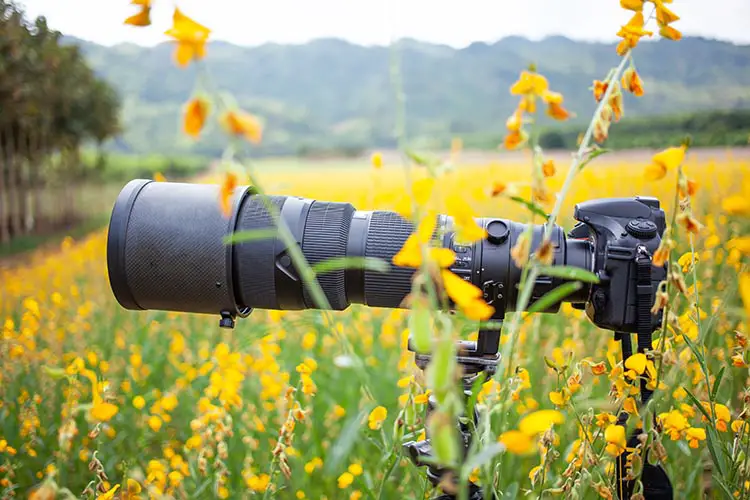
Let’s start out with a little bit of good news. You don’t necessarily have to choose.
Because telephoto refers to the focal length, a zoom lens might be able to have the same reach as a dedicated telephoto lens.
Even though both can give you the same angle of view, they offer different strengths and weaknesses.
While you might get better quality images with a dedicated telephoto lens, you’re also limited to one focal length.
If you were to take a photo with a dedicated telephoto lens and compare it to one taken with the same focal length on a zoom lens, you might be able to notice some differences. But that is often outweighed by the fact you can easily change focal lengths, giving you more choices for a field of view.
Especially for those just getting started with photography, a zoom lens is probably a better first choice. It gives you more versatility and is a better value, with telephoto lenses sometimes being very expensive.
A versatile zoom lens that covers everything from wide angle to telephoto is often a good option. The Nikon AF-S DX NIKKOR 18-140mm f/3.5-5.6G ED VR is a crop-sensor DSLR lens that covers a 35mm equivalent 28mm-210mm, which gives plenty of telephoto coverage.
Full-frame mirrorless users have similar options, such as the Tamron 28-200mm f/2.8-5.6 Di III RXD for Sony E mount.
Telephoto vs Zoom Lens: What are the Pros and Cons?
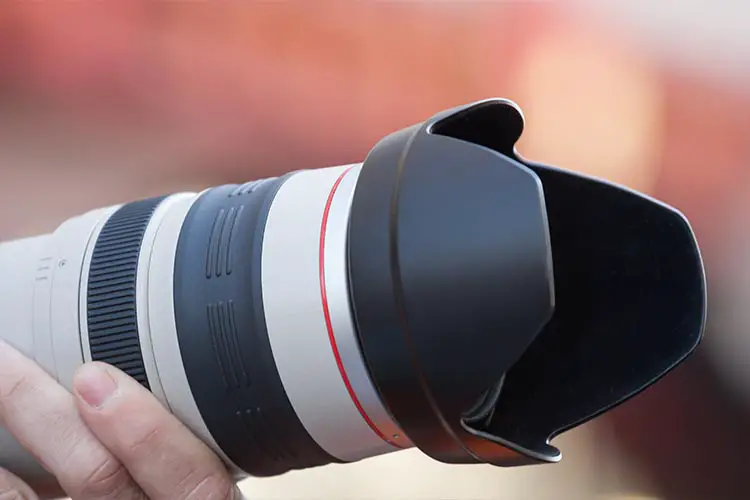
It used to be that zoom lenses offered noticeably worse image quality than fixed focal lengths, but that’s no longer true.
That doesn’t mean there aren’t still tradeoffs, though.
Generally speaking, zoom lenses have smaller maximum apertures than dedicated telephoto lenses. This can present two main issues.
First, the slower lens needs more light to take a sharp picture, meaning you have to either bump up the ISO sensitivity or add light with something like a flash.
Second, the smaller aperture means you’ll get more depth of field at the same angle of view. That might be fine, but one of the real benefits of a telephoto lens is how it can separate a subject from a smooth, blurry background.
A lens like the Sigma 85mm f/1.4 DG HSM Art Lens offers an extremely large maximum aperture, far larger than on most zoom lenses that cover the same focal length.
You can open the aperture several stops faster than a zoom, which means much shallower depth of field is possible with such a lens. You can always stop down the lens if you want more in focus, but you obviously can’t make a lens faster.
When is a Zoom Lens Better than a Telephoto Lens?
While you can achieve a distinctive look with dedicated telephoto lenses, there are a few reasons you’d choose to go with a zoom instead.
The first is very basic — cost. While there are some great bargains out there on telephoto lenses, most of them are far more expensive than a zoom lens.
The only exception to that is when you’re talking about high-end, professional level zoom lenses, such as the Canon EF 70-200mm f/2.8L IS III USM Lens, which costs more than $2,000.
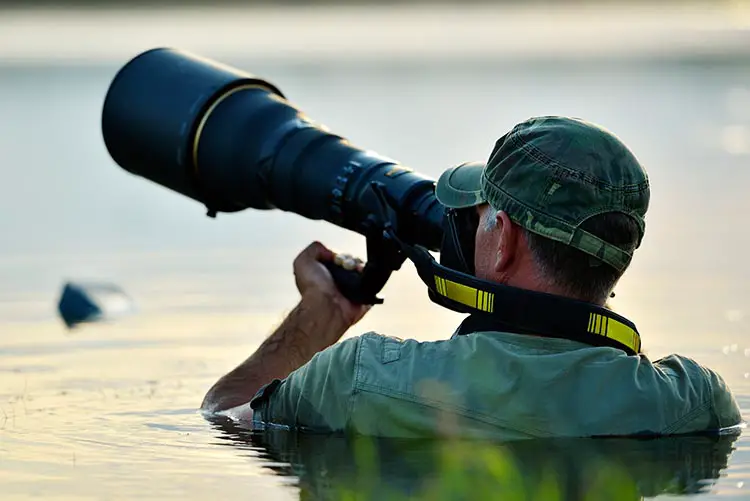
Another reason to choose a zoom lens over a telephoto lens is weight.
A single zoom lens might be heavier than some dedicated telephoto lenses, but for the most part, zooms are lighter than telephoto lenses and they offer the advantage of having less to carry in general.
The third is the convenience of not having to change lenses in order to change perspectives. A standard zoom like the Sony FE 24-105mm f/4 G OSS gives you the ability to go from a wide view to a closer one with a single twist, and you can stop anywhere in the range.
While you could always try to change lenses or move to a different position to get a new angle, that’s not always practical, and you might not be fast enough to change lenses and catch the image you want.
When to Choose a Telephoto or Zoom Lens?
There are situations when either a telephoto or a zoom lens would be a good choice, with the decision left up to your preference. In some cases, though, one or the other is a better choice.
Portraits: Choose a telephoto lens. The larger maximum aperture helps separate your subject from the background and the compression of telephotos is flattering for faces. An 85mm lens is generally considered the best focal length for portraits, with something like the Canon 85mm f1/.4 L lens ideal, thanks to its very wide max aperture.

Travel: A zoom lens’ ability to change perspective instantly lets you capture a view of the scenery or pick out distant details. Having just one lens means you have a lighter kit to travel with, also. The Canon 24-105mm f/4 L lens stays on my camera about 80% of the time when I am traveling, and has helped make many of my favorite photos.

Concerts: Having a faster, longer telephoto lens means you can take pictures of a relatively dark stage from the audience. Anything over 100mm with an f/2.8 aperture is ideal for dark, indoor concerts, while you can get away with f/4 lenses for outdoor spaces.

Sports: While professional photographers often use telephoto lenses for sports, zoom lenses make it possible to find the right angle, as long as you can get enough light, with a 200mm lens or greater the best choice.

Read More:
What is a macro lens used for?
What’s the best camera in the world?

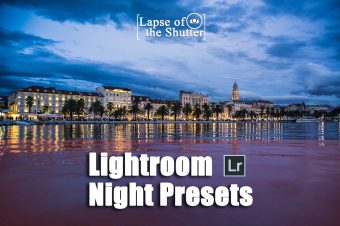
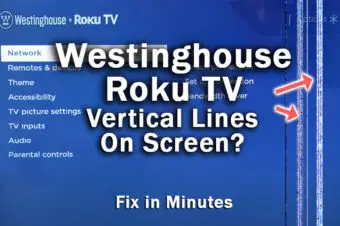
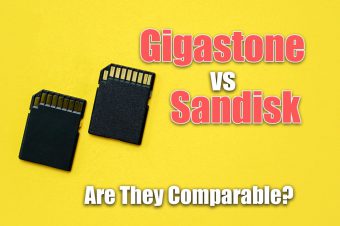

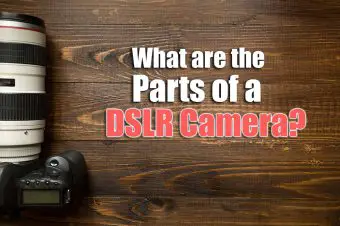
Leave a Reply